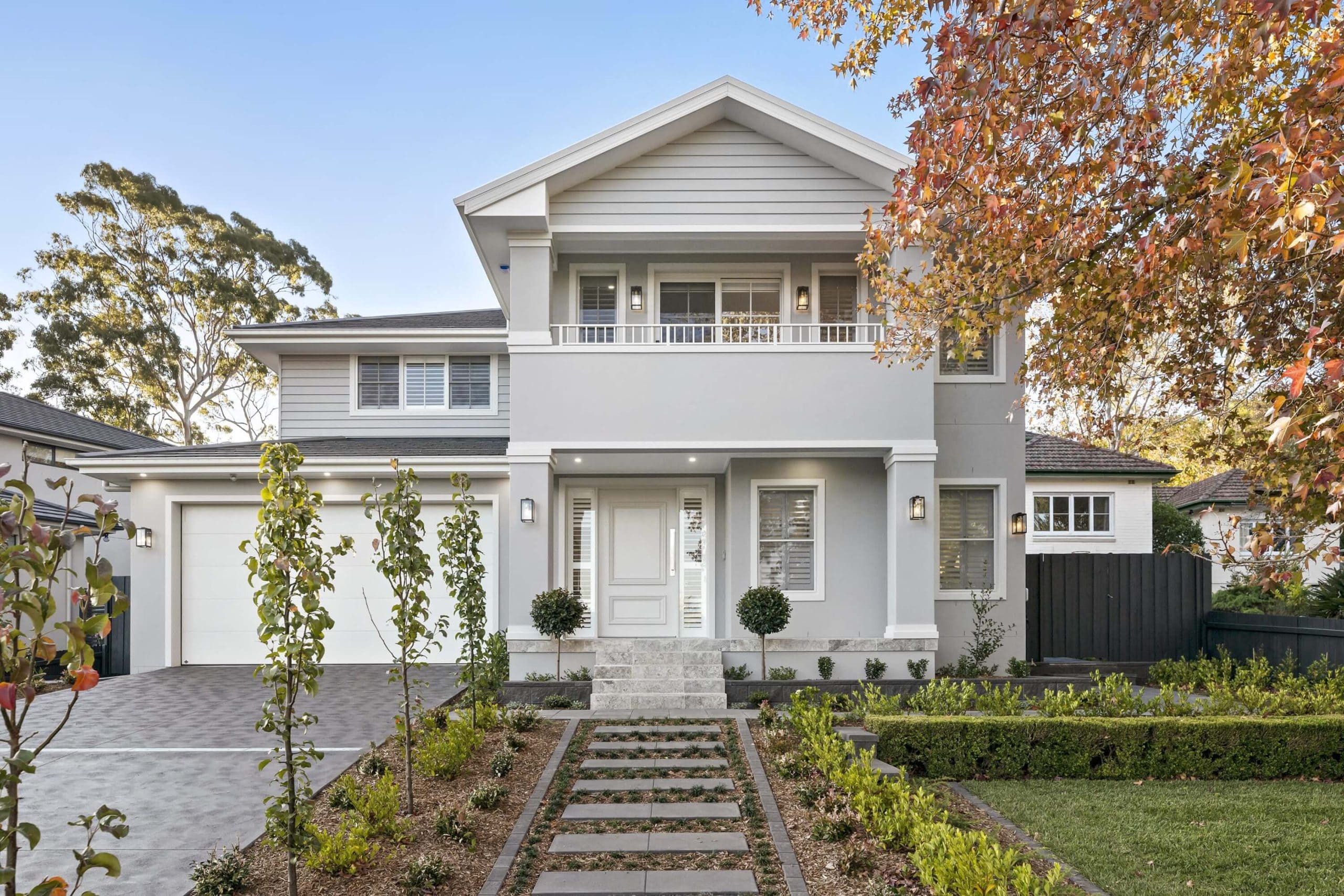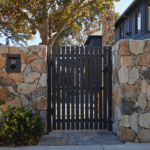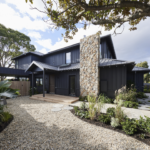Keeping control of the numbers
If you’ve had friends or family that have been down the renovation path, you will have heard some terrible tales of what went wrong. The good news is that most problems can be avoided, if you plan properly from the start.
It’s important to make sure everything runs to plan financially. We have created a renovation budget template/spreadsheet (add link) for new homeowners to make the process as seamless as possible. Keeping an eye on all expenses is important. Make sure you check bills against your budget at least weekly – it’s easy to let costs run away if you aren’t up to date.
Stuart Tucker, Chief Customer Officer at hipages, says that it’s vital to set a realistic budget and prepare for contingencies. “Think about your maximum budget and then put 10 to 20% of that to the side,” he says. “That money should be reserved for any unexpected challenges that you might face along the way. The remaining 80 to 90% should be considered your maximum project budget for hiring tradies and organising any materials.”
Choosing an architect or designer
Like many aspects of renovation, choosing the right architect or designer for your project is all about relationships. They should understand you and your family’s lifestyle. The Australian Institute of Architects has some fantastic information on working with architects, as well as downloadable tools to help prospective homeowners understand the tendering process and construction costs. It’s also a useful way to find a registered architect for your project. Talk to a few architects or designers about your project, show them your mood board and make sure they understand your wishes for your renovation before making a final decision. Pricing varies – some architects will take a percentage of the project costs (and can supervise the build), others might charge a flat fee for design work only. For simple renovations you can also engage a designer or draftsperson, especially if it is more about reworking existing rooms or updating fixtures and fittings. Exterior changes often need to be approved by council, so detailed plans might be necessary.
Hipages tradie choosing your trades
Tucker recommends setting a timeline for all work done by tradespeople. “Think about when you want a job to be complete and work backward from there,” he says. “Remember to give yourself a buffer for any delays. Be really clear on this with your tradie when you brief and ask for the timeline to be included in the contract.”
Demand for tradies is high at the moment so even if you’re just at the planning stage, start your conversations now. “In the past 12 months, we’ve seen a year-on-year boom in the volume of Australians seeking tradies such as project managers (56% increase) and landscape architects (41% increase) at the renovation planning stage,” says Tucker. “It is a busy market.”
Tucker’s tip is to have your area specifications ready before you ask trades to quote. “An estimated quote can’t be given until you have the measurements and specifications of the area you want to renovate,” he says. “Think about providing the clearest brief possible. You can also take images of the area where work is required. When tradies are in high demand, you want to eliminate a lot of back and forth.”






